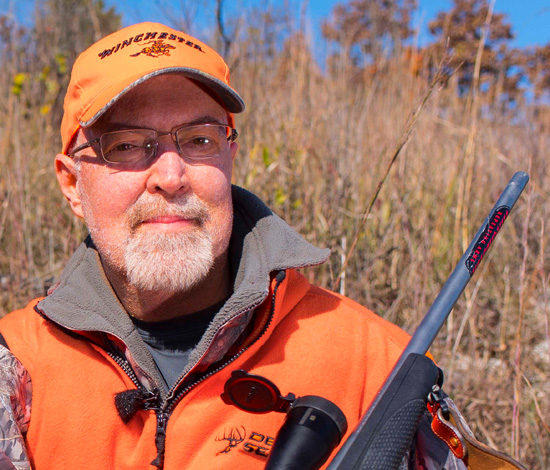When To Gobble by Grant Woods
Crank up the volume and listen to the gobblers. There’s a second tom gobbling in response to the bird in the video. During the early and mid breeding season mature toms will often gobble in response to other toms that are in strut areas.
The tom in this video is in a known strut area at my farm. There’s another tom gobbling in response to his calls. Often if a tom is in a strut area without hens he will gobble in an effort to attract hens. Gobblers nearby will often gobble in response. This is a locator call. I use this knowledge to my advantage.
Preventing cookies from being stored on your device may interfere with your ability to view video content.
You can adjust your cookie setting by clicking the button below.
If I’m set up on a known strut area and I don’t see or hear any turkeys I will often use a gobble call to prompt gobblers in the area to come see/challenge the strange tom that snuck into their turf.
If a tom gobbles in response to my call, I will only gobble once or twice more. If the distant tom seems to be closing the distance I remain quiet and prepare for the shot. If the tom hangs up or is slow approaching, I will switch to hen calls or combine hen calls and gobbles to imitate a gobbler with hens at the strut area.
This technique works great unless the distant gobbler has hens with him. If I hear hens with the distant gobbler I will only respond with hen calls in an effort to call the hens in knowing the tom will follow.
I only suggest using the gobble call when set up with a clear view. Remember there may be other hunters in the area that will be attracted to the sound of a gobbler.
Chasing toms together,
Grant




